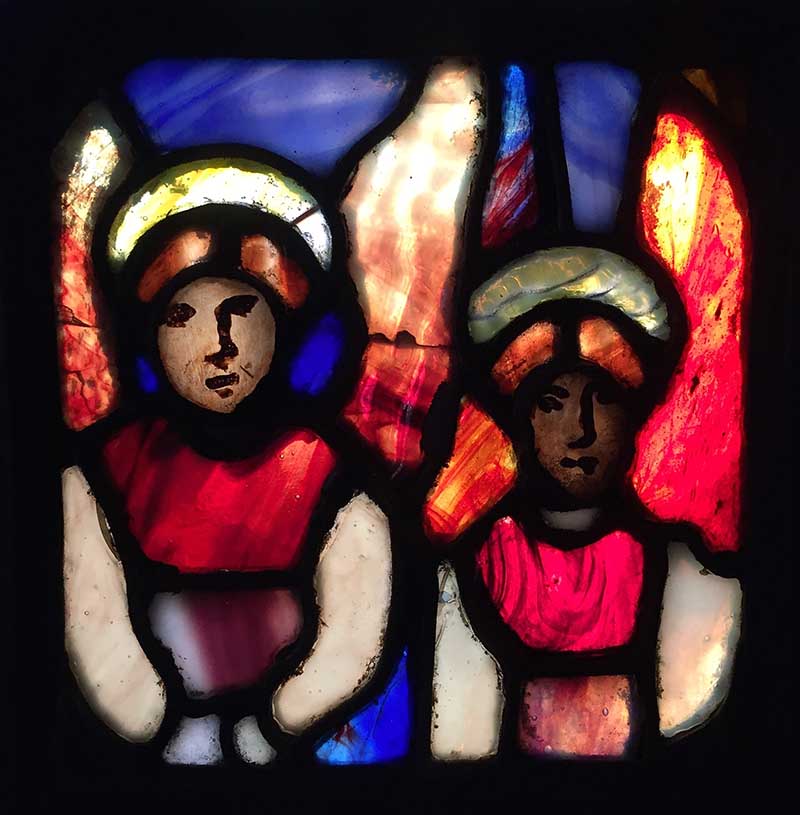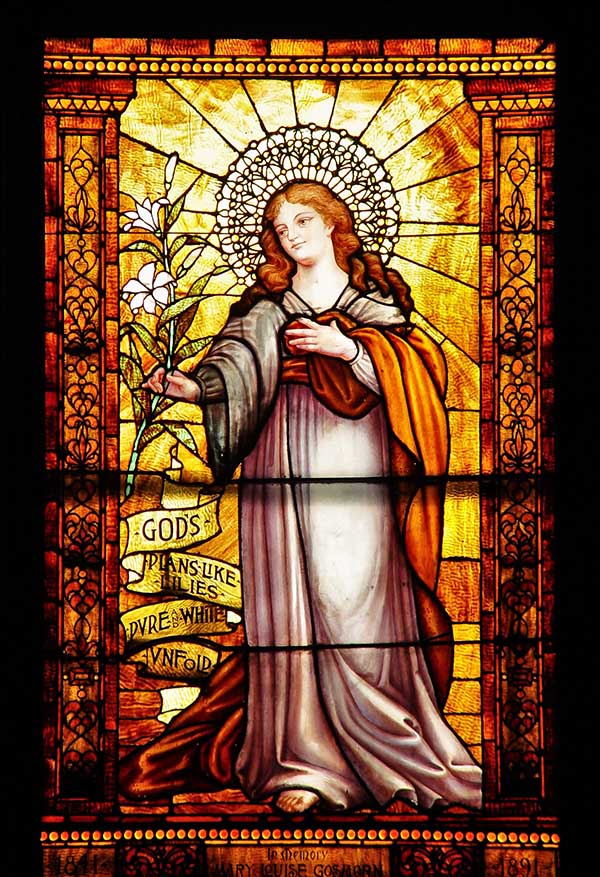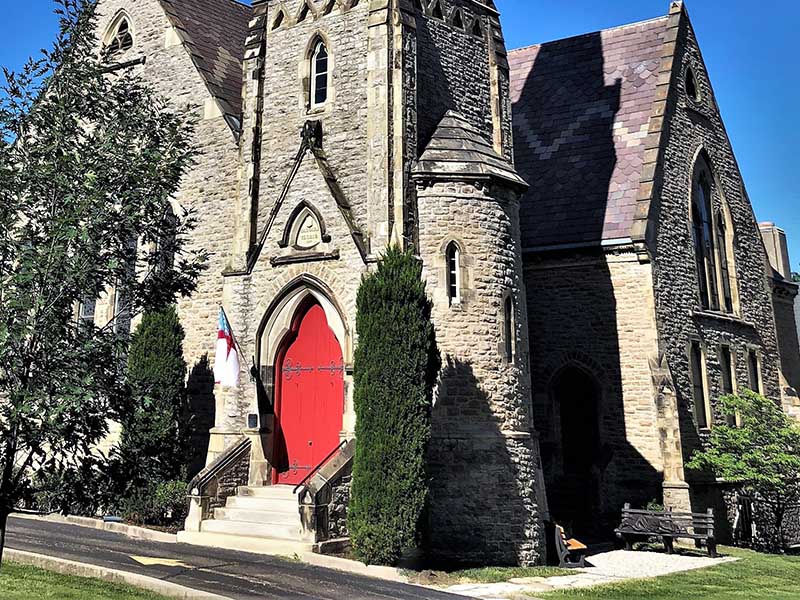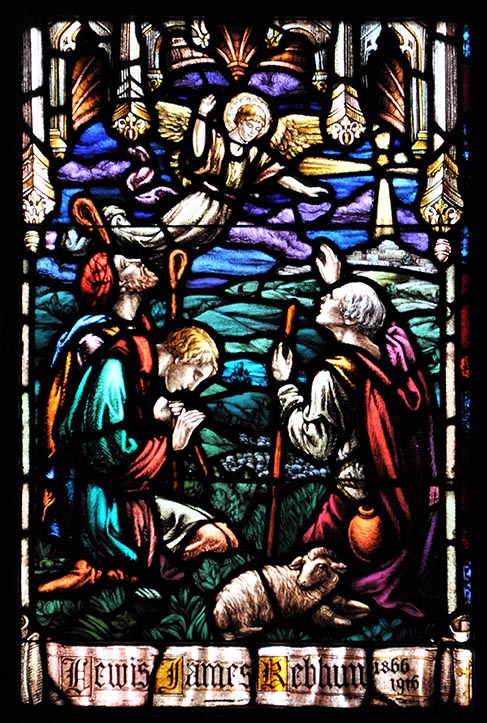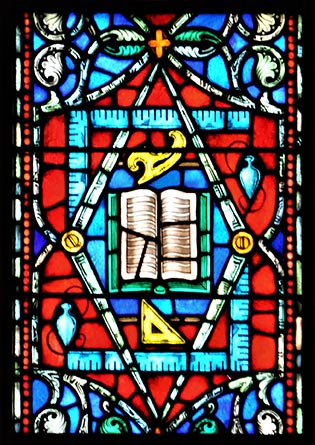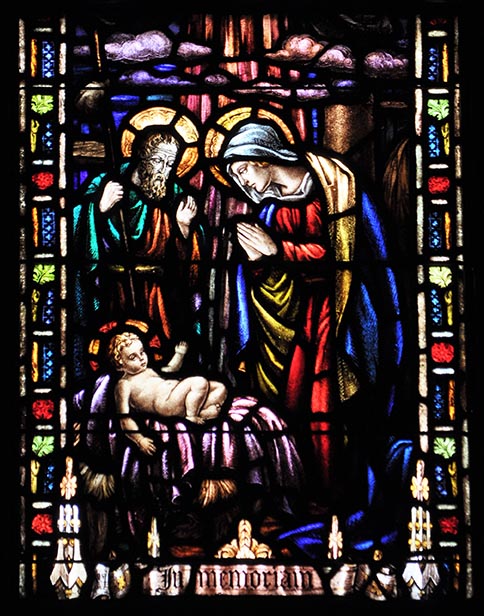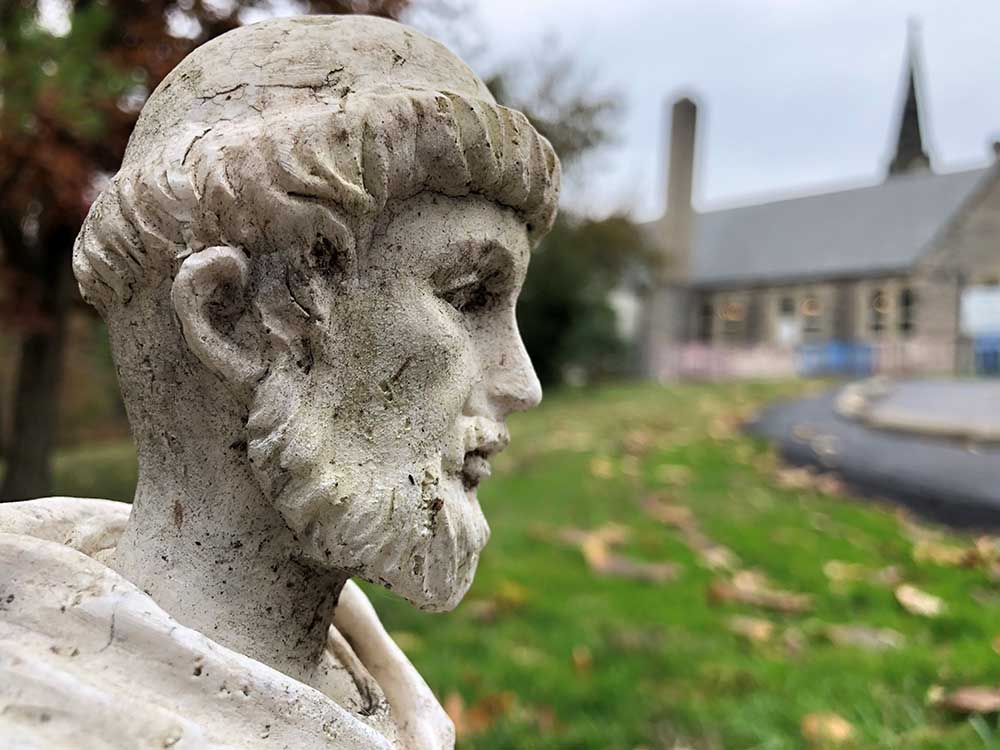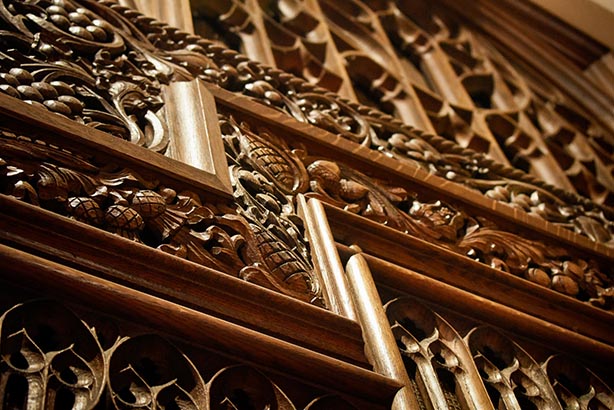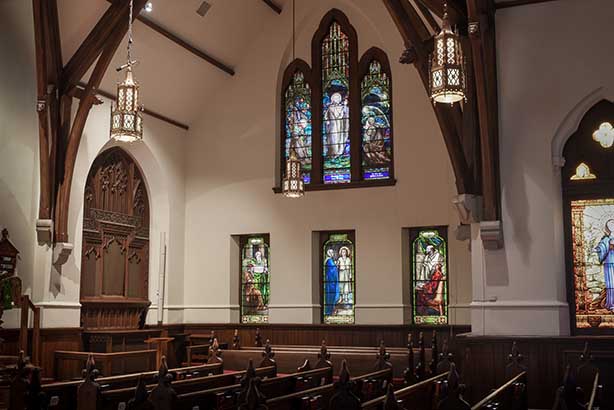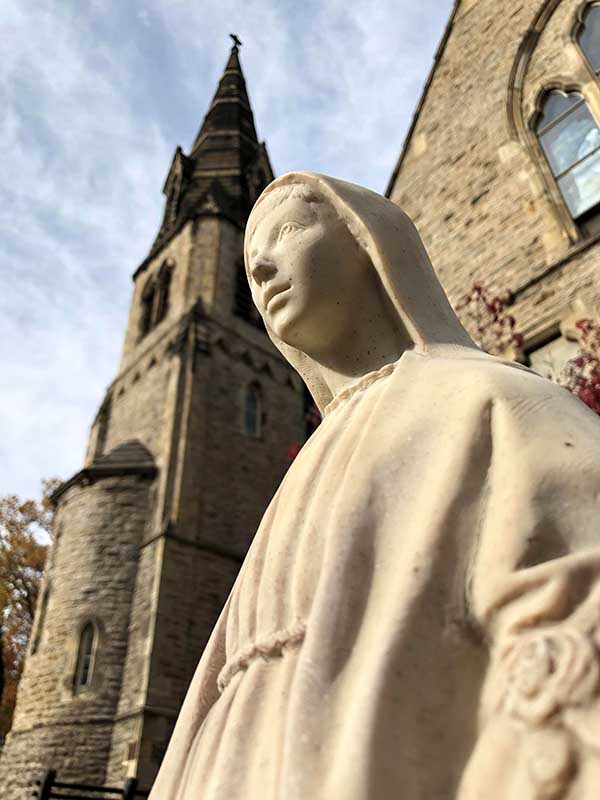Grow Inwardly in faith
Building, Architecture, & Stained Glass
One thing have I asked of the Lord, that will I seek after: that I may dwell in the house of the Lord all the days of my life, to gaze upon the beauty of the Lord and to inquire in his temple
Psalm 27:4
We are more than “just a building”, but every brick, window, beam, and board are in place for the glory of God. Calvary is a beautiful place to worship, to reflect, to fellowship, and to learn and we have a long and vibrant history.
(Please click here for a Building Use Inquiry form)
History
In 1844, Bishop Charles McIlvane commenced services in Clifton. Calvary Parish formally organized in 1856.
Building
The Calvary Episcopal Church building is beautiful and historically significant, and has been expanded and enhanced over the past 150+ years.
The Architects & Phases of Calvary Church’s expansion
- William Tinsley designed the English Gothic style church, consecrated in 1866.
- Samuel Hannaford designed the Sunday school addition, built in 1888.
- Hannaford also enlarged the church chancel in 1893. At that time an organ pipe room was added.
- Elzner and Anderson designed the historic Calvary House, then built as a rectory in 1913. The Gothic style and stone blend perfectly with the church.
- Hannaford Hall, named for the architect, Samuel Hannaford, was built in 1926, and included a three-story office and education wing that remains in use today.
Stained Glass
Historic stained glass adorns each window of Calvary Episcopal Church’s chancel and nave, dating from 1885 – 1964.
Among the many historic stained glass windows are the 1893 center chancel window, “Last Supper” given by Mrs. George K. Shoenberger (Ellen Francis Beatty Shoenberger) as a memorial to her husband George K. Shoenberger by Tiffany Studios.
The 1937 Five West Windows featuring five female saints of the church, St. Ursula “Humility”, St. Catherine “Fortitude”, St. Anne “Loyalty”, St. Barbara “Courage”, and St. Margaret “Innocence” by Wilber Herbert Burnham of Boston.

